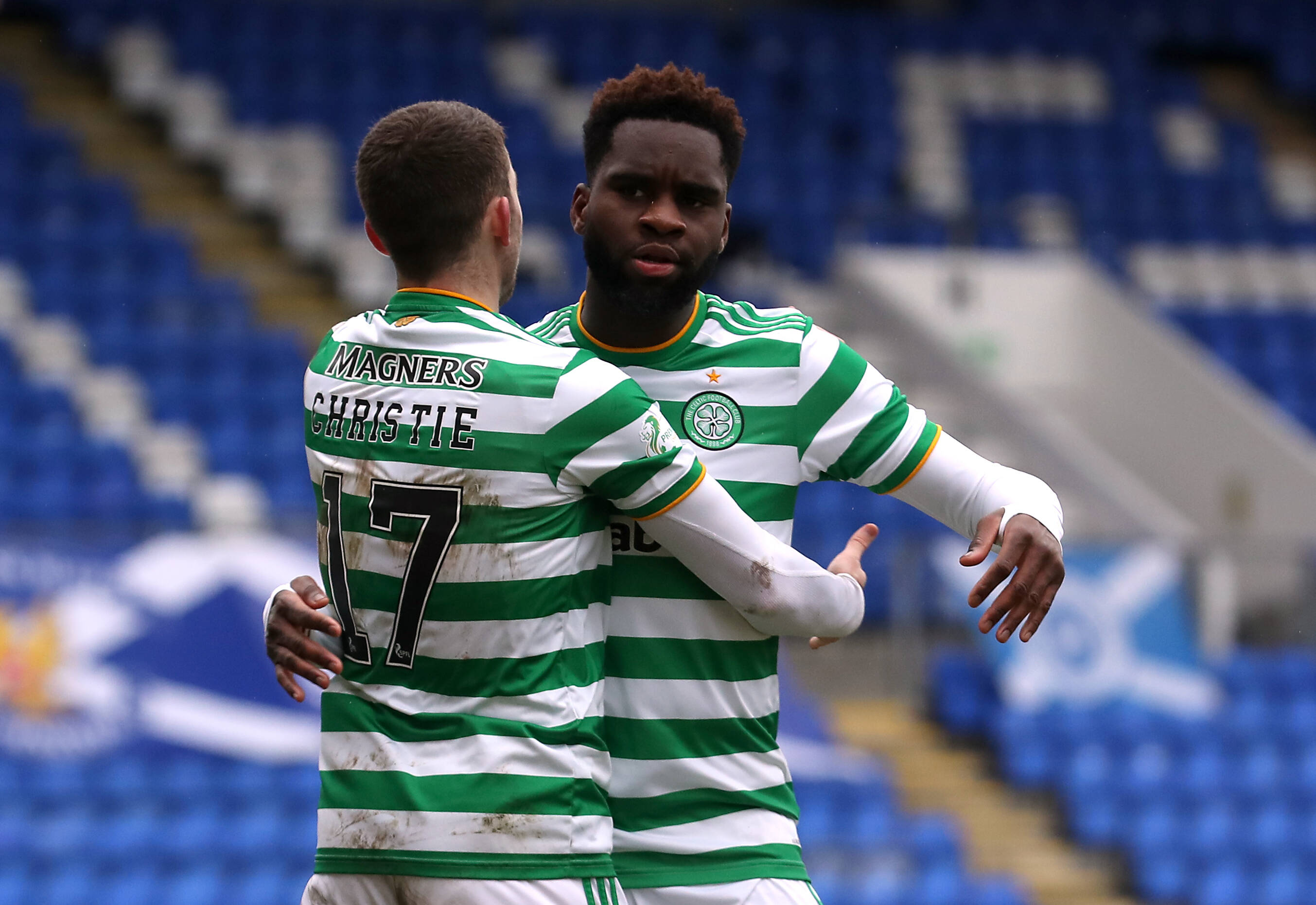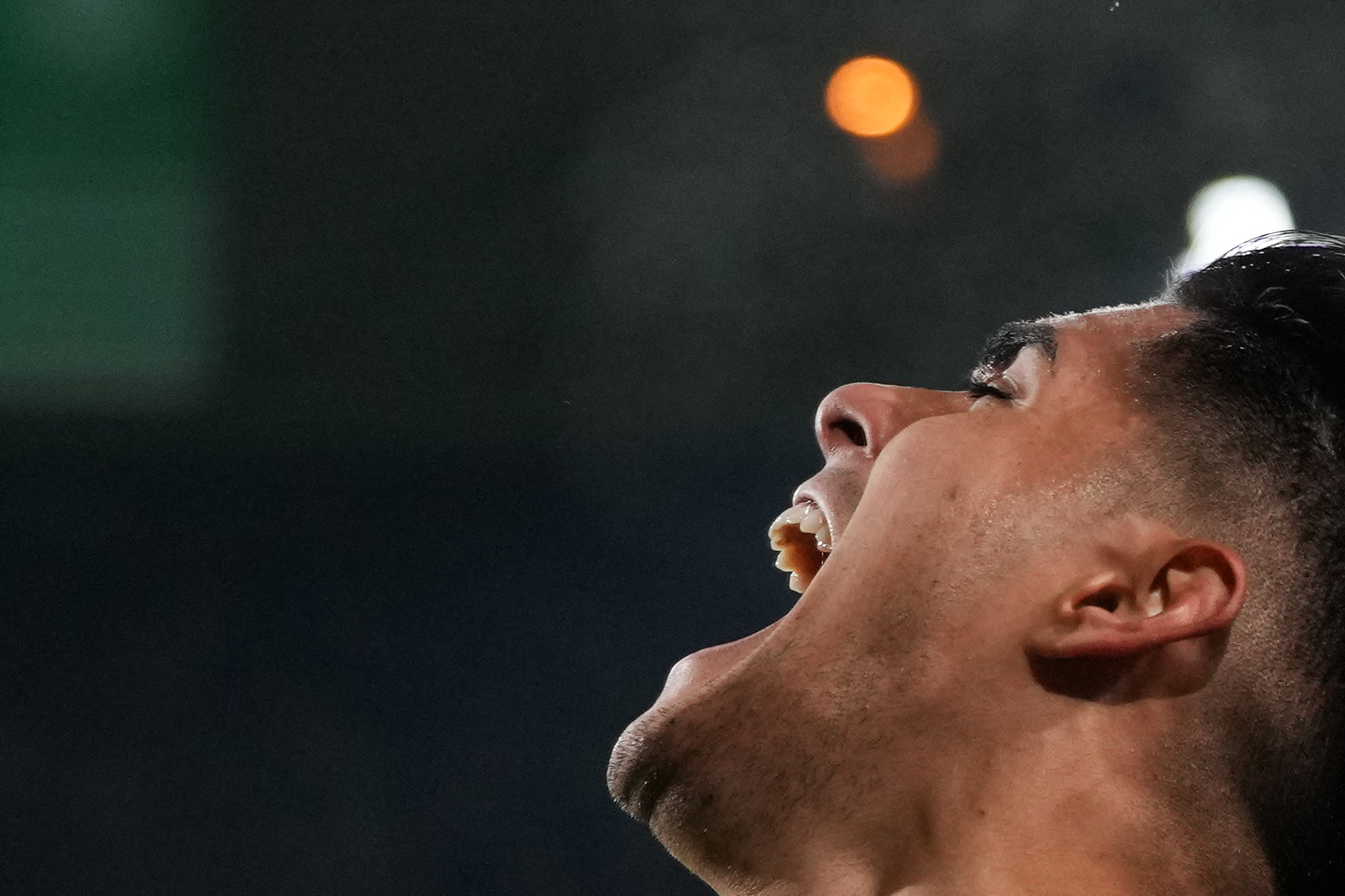Hence the asset management narrative being pushed of late. This is a clear indication from those running the club that we’ve veered off course and we’re in danger of impacting our business model. As such anyone expecting a January boost to the Celtic squad may also about to find that those brought to Celtic will be returning to the project types rather than experienced players, ones we can not only buy cheaper but sell higher and then subsequently also reap further rewards with percentages of future profits further down the line.
And there is merit in all of that. Celtic need to think that way and the manager they have brought in has improved teams and in turn that would tend to mean the individuals within those teams also improve and can then attract a higher value.
But here’s the rub, if the asset management issue is such a problem and the current transfer window didn’t fit the remit the CEO was given, are there no other ways to ensure the management of assets can be maximised and are there other ways to approach finances being bridged?

Well first of all, all the players we did hold on to have been moved on so we’re making up for lost time with the year we chose not to sell. Christie, Edouard and Ajer have moved for £30million plus already, this on the back of January sales of Klimala and Frimpong and others for smaller fees. Most no doubt also have the added carrot of sell on fees so there is an argument to say we’ve simply crammed two years of the business model into one and by the next time we announce the financial figures the club will be in rude health.
We have also brought in young talent alongside the more experienced heads in Liel Abada, Luke Shaw and Osaze Urhoghide and we have young players on loan in Carter Cameron-Vickers and Jota, both with options to buy and young enough to fit the asset management remit. So, it’s not a philosophy that has exactly been discarded, indeed there’s and argument to say it’s now simply been re-balanced with experienced players to aid the young emerging talent, and with older heads around young talent can be exposed gradually, sustainably and with a greater chance of developing their talents and in turn their value. As such does it really have to be a one-dimensional philosophy to recruitment?
If Celtic are serious about this model, it is also flawed by a lack of resources and planning in areas where initial investment could have a knock-on effect in developing players. A Head of football Operations was needed when Nick Hammond took his post, a Chief Scout was needed when Gary Penrice took his, and that was when a micromanaging CEO was still in post. An argument then could be the need now is more acute, yet those positions remain vacant.
A structure built around such positions being filled would have a knock-on effect on the issue of asset management. Have a structured footballing operation, well-resourced with a long-term plan and joined up philosophy, then young talent is recognised early, purchased cheaper, emerging markets can be identified, and all can be sold a vision of a pathway plan to the Celtic first team and ultimately the big move that would in turn reap them and the club the financial rewards we seek.
It may also mean we can avoid costly mistakes such as Barkas and Klimala if a system could be in place to thoroughly scout players, rather than a mixed bag of boardroom picks, managers wants and agent recommendations. Without that structure we miss out to clubs who have all that in place and can evidence it works such as Brentford, Seville and others.

Then there is the issue of sports science, scouting and analytics. Celtic it would seem are rather behind the curve, yet the manager has stated these are areas Celtic can gain percentage gains and would aid his own squad in their abilities to handle the high demands and intensity of his playing philosophy. Investment in these areas would also feed into improving the players, subsequently mean trophies are won and also ensure Champions League football or latter stage Europa League is a regular possibility and as such the value of the players would rise and with it the fees we could demand. Do it properly and the players moving on have replacements with first team experience ready to step in and the process can repeat. So far Celtic have added Anton McElhone as Head of Sports Science but that was also a situation vacant and not an addition to the armoury as he replaced RB Leipzig bound Jack Nayler.
And there lies another issue for the club to address. Callum McGregor signed a new five year deal this week, a welcome show of faith in our new captain and good news indeed. Yet the club have been lax when it comes to contracts running down, an inability to persuade players to commit to the club and without being on the ball in such areas, players value diminishes if they are not on lengthy contracts when clubs come calling.
To get those players to sign new contracts they and their representatives need to know they are in good hands. They need to know that a modern structure can ensure regular exposure to high end European football and that a coaching staff can continue to develop them. To do that we have to show we have a level of ambition as a club to reach those levels, something where our lack of preparedness every summer at boardroom level seems to point to a club without any European ambition whatsoever. So little in fact we are not even willing to plan to spend the money we do have wisely so that when European qualifiers and the low hanging fruit of some £30m just for qualifying alone is a possibility.
Players and representatives realise a lack of ambition when they see it, especially when a long-standing pattern has emerged, just the same as we supporters see it too. Players and agents also need to know that when we sign them, and promise a big-league club later down the line, that we will honour the contents of our sales pitch. This is something we haven’t been able to do and as such has a knock-on effect on players and agents trusting us enough to commit to new contracts.
Celtic were public in trying to offer new contracts at various stages to several players, particularly Christie, Ajer and Edouard but were unable to do so. There could be good reasons for this but when it does occur, we have to learn to sell at the right time. If we aren’t getting basics like this right the case is again made for a Director of Football to oversee first team contracts and those of the younger age groups being poached elsewhere as we’ve seen all to regularly in recent times, only then will this asset management model really work.
I have a lot of faith that the model Celtic are trying to get back on track with could work, but I also have plenty of reservations that the results we can get from such an approach are not being maximised by these other areas of concern not being addressed. If Celtic intend to take this approach, then there has to be a more professional outlook than feeding a narrative of it being essential for the financial health of the club without addressing all the necessary areas to make it a sustainable and even more profitable success. Even if this narrative being put out there is to soothe shareholder concerns, then a communicated plan of a modernised outlook alongside the previous business model would surely embolden that message.
Communicate that vision further to the support and you may just find the Celtic fans have a level of understanding the board seems fearful we don’t have and would embrace such changes, but resorting to project signings and hoping for the best without a structure in place, underpinned by reasonable levels of ambition, then the chasm between the board and the support will continue to widen and both sides will become entrenched.

This is entirely avoidable and with a January transfer window approaching and a support expecting Ange Postecoglou to have key areas of the squad addressed, the time for a sustainable plan to feed into future recruitment and ensure less costly errors and under-resourced punts on players has never been more essential.
Yet with a modern thinking CEO having left after 72 days and so far no sign of any tangible structural change on the immediate horizon, it will be a difficult sell from the board to the Celtic support to return to an asset management model that depends on young talent to sustain it without genuine evidence of a forward-thinking plan to support it and shareholders will surely see that too.
And it doesn’t matter how many trusted press plants and compliant bloggers are employed to convey that narrative, words mean nothing now without modernisation and proper communication.
To return to the old ways and hope player sales will prop up a business model and at the same time ignoring the modernisation of the world of football going on around them simply cannot be sustainable, and shareholders who apparently now need soothing leaks to the press may well consider taking a much closer look as to why such appeasement is required.
Niall J








We need to stop wasting money on buying bad players and stupid loans barkas, ajeti, duffy, kenny, all a complete waste of money, we could also remove half our incompetent board.